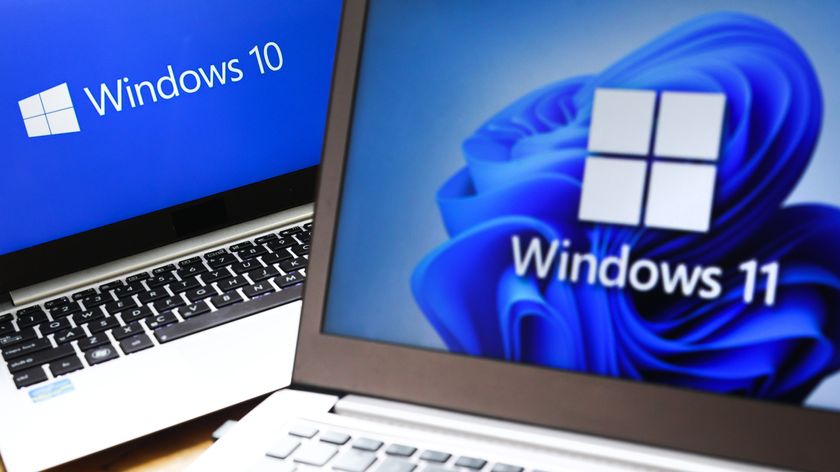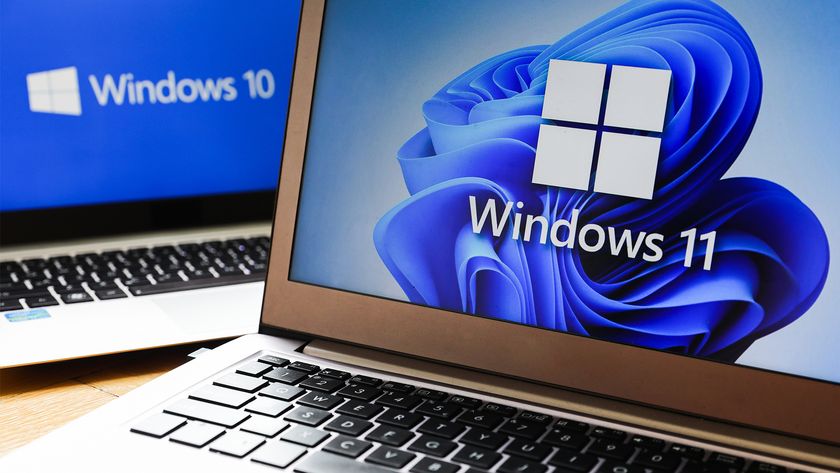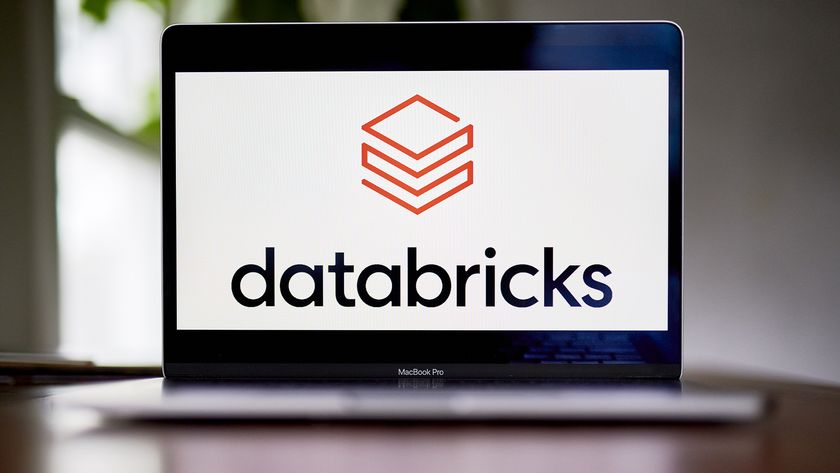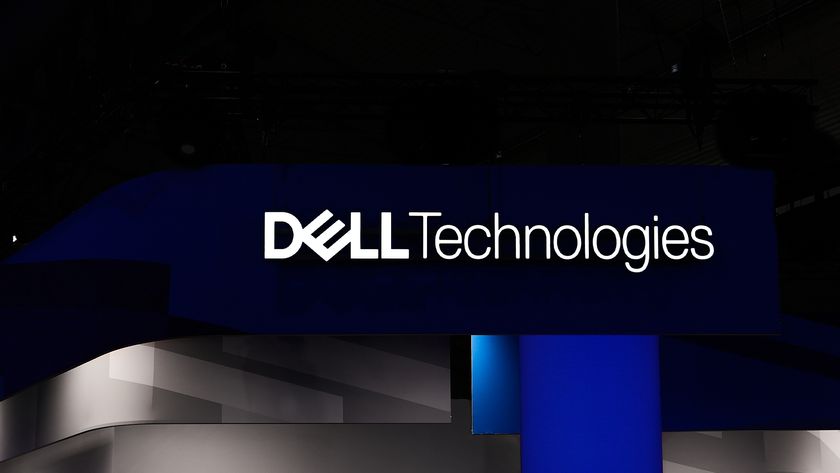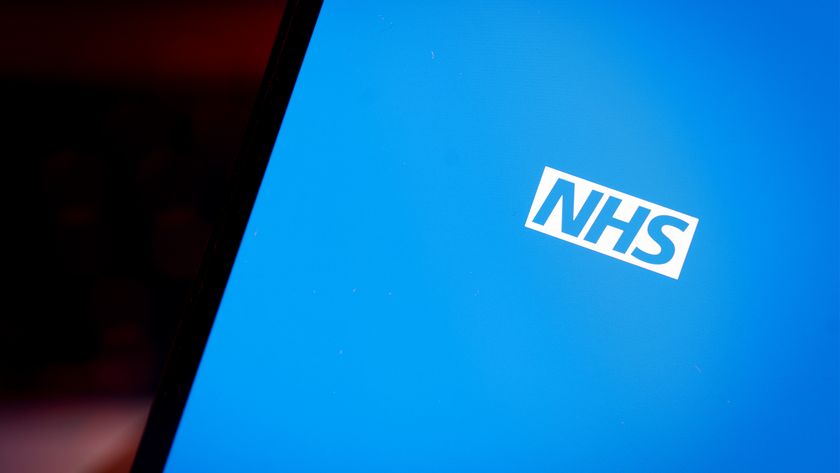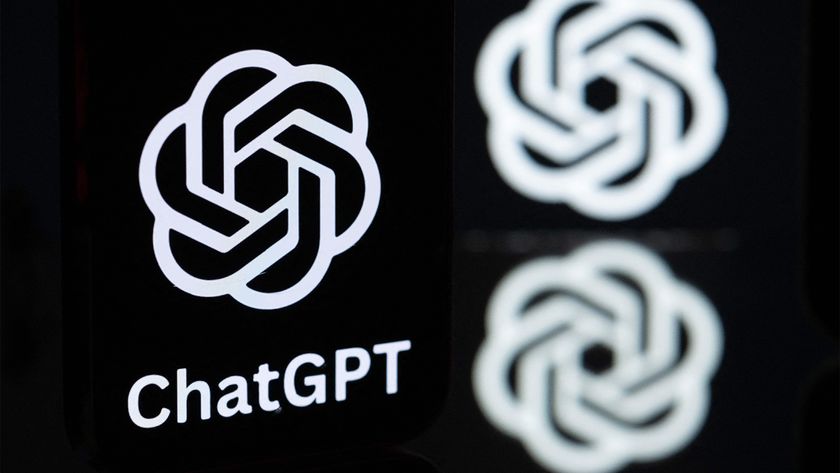Surface 2 release date arrives
Microsoft has released the next-generation Surface 2 and Surface Pro 2 devices in the UK.
Microsoft has been touting the Surface Pro since its launch as a tablet that does everything a full-sized PC can do, but its limited array of ports has always been a drawback.
But, according to reports, Microsoft could be working on a docking station for the device that would allow users to connect up a wider range of peripherals, including a keyboard, external display and mouse, which would certainly enhance its appeal as a business device.
8. A wider range of chips for the Surface RTAccording to a report on Bloomberg, Microsoft is gearing up to release a newer version of the Surface RT that will sport Qualcomm's Snapdragon processor.
The inclusion of this technology could provide users of the device with faster wireless data connections, it is thought.
Microsoft declined to comment on the Bloomberg story, but any moves the company is planning to make to improve the connectivity of the device will be most welcome.
7. Better battery life Early Surface adopters have expressed mixed feelings about the battery life of the devices, with some struggling to get more than four hours from the Surface Pro.
If Microsoft wants to make the Surface a serious challenger to the iPad, it's going to have to do some serious work to improve on this. Especially as the Apple tablet boasts a battery life of around 10 hours.
Get the ITPro. daily newsletter
Sign up today and you will receive a free copy of our Focus Report 2025 - the leading guidance on AI, cybersecurity and other IT challenges as per 700+ senior executives
This is an issue that could be addressed by the inclusion of a new feature, dubbed Power Cover, that NeoWin.net reported on recently.
The Power Cover will reportedly look similar to the Touch and Type Cover the Surface already boasts, but will feature an in-built battery, it is claimed.
6. Lower price Another common gripe about the first generation Surface devices was their high asking prices, with RT buyers forced to shell out 399 for the 32GB version of the tablet, or 479 if they wanted a Touch Cover to go with it.
Microsoft recently cut the price of the RT by around 120 in the UK, amid headlines that the firm had to stomach a $900 million write-down during its fourth quarter because of unsold stock.
We're hoping the company might learn its lesson next time around, and price the second generation devices a little more conservatively.
Ideally, we'd like to see Microsoft follow Google or Amazon's lead (wishful thinking, we know) who have both sold devices at cost price (or at a loss) to encourage user adoption.
5. Intel Haswell must be included The inclusion of Intel's 4th generation chipset would go some way to addressing the battery life concerns mentioned above, and would undoubtedly give the device a performance boost.
According to a recent report on NeoWin.net, this looks like one wish that may just be granted, with the publication suggesting the Surface Pro 2 could be powered by a next-generation Intel Core i5 Haswell processor.
4. Smaller devices Microsoft has confirmed that it is working on smaller Windows 8 tablets with its OEM partners, and the Wall Street Journal recently reported rumours that Microsoft is developing a 7in Surface, which would certainly be a welcome addition to the range.
Amazon and Google have seen sales of their 7in tablets skyrocket as they are highly portable and allow users to fit the devices in their jacket pocket.
We'd also like to see the next generation of Surface tablets drop a little width and weight too, to make them more portable.
3. Ditch the Touch Cover First generation Surface tablet buyers that want to use a keyboard with their devices have to choose between buying a Touch Cover for 99 or a Type Cover for 109.
Alternatively, there is the option to buy a 32 GB Surface-Touch Cover bundle for 479.
The Touch Cover is the cheaper of the two options but it also delivers an inferior typing experience, as it uses pressure sensors (rather than actual keys) to log your key strokes. It takes a bit of getting used to and there have also been questions raised about its durability.
The Type Cover more closely resembles a traditional desktop keyboard, meaning mistakes are harder to make. It's only a tenner more expensive when you buy it separately, and it's likely to last longer.
Therefore, next time around, we'd like to see Microsoft ditch the Touch Cover altogether and offer users the chance to buy a Surface-Type Cover bundle instead.
2. Wider range of kick stand angles Don't get us wrong, we really like the Microsoft Surface's kick stand feature, which allows users to prop up their device and use it like a laptop while typing.
But, we'd like it even more if it allowed users to position the device at different angles, as we think this would improve the typing experience, especially when trying to balance the device in your lap.
1. Better and wider availability Business users may have found themselves hard pushed to get their hands on a Surface RT, as Microsoft decided to bypass its reseller channel and sell it direct through its online store and selected retail outlets.
There's no word on whether or not Microsoft is going to employ a similar sales strategy with the Surface Pro when it finally arrives in May, but we think it would be a mistake if they do.
After all, the Surface Pro is far better suited to business users than the RT, and business decision makers usually prefer to deal with their incumbent IT supplier to procure devices than with Microsoft directly.
However, if this doesn't happen by the time the Surface Pro drops in the UK, we hope Microsoft rectifies this by the time its next tranche of devices drop.
Updated: Windows 8.1
Microsoft has confirmed that an updated version of Windows 8 (imaginatively titled Windows 8.1) will drop later this year, with the first public previews of the software expected to be available from 26 June.
Surface RT and other Windows 8 users will be able to download the software for free from the Windows Store once it's released.
However, given the release of the Surface RT coincided with the launch of the first generation of Windows 8, we'd definitely like to see the next version of the device be among the first tablets with Windows 8.1 pre-loaded to ship.
Whether or not Microsoft will do this, given that it might run the risk of incurring the wrath of its OEM partners if it did, is anyone's guess.
This article was originally published on 29 April, but has been updated four times to include new information about Windows 8.1 and the possible hardware specifications for the next version of the tablet, and updated pricing information. It was updated once again on 22 October to announce the devices' availability.
